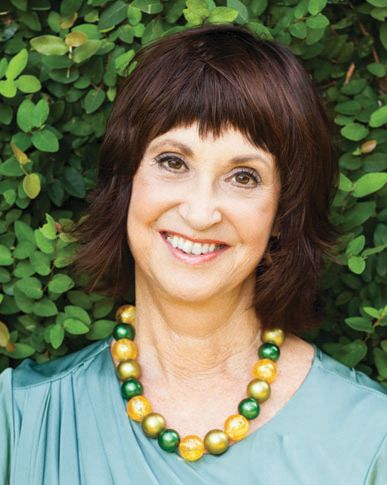Talking to Dr. Beach

In late May, I happened to be at the Visit Sarasota County office when tourism director Virginia Haley came running down the hall to tell us that Stephen Leatherman—aka “Dr. Beach”—had named Siesta Beach No. 2 on his annual list of the nation’s top 10 beaches. You may remember that Siesta topped the list in 2011, earning a Today Show broadcast from the beach and kicking off a surge of tourism that’s grown every year since. The new rating looks equally powerful. Traffic to the Visit Sarasota website jumped by a third after Leatherman’s announcement, and our Facebook post about it got more than 1,000 “likes” and was shared 791 times within a few hours.
Once a beach is named No. 1, Leatherman retires it from his list, so Haley was surprised when he honored Siesta again this year. But when I talked to Leatherman, a coastal science professor at Florida International University, he explained that after 25 years of compiling the list, he’d decided to start from scratch. “A lot of beaches have changed—for good and for bad—and I wanted to give extra credit for beaches that don’t allow smoking,” he said.
I was just one of many journalists swarming around Leatherman, who kicks up a media storm with his list every year. He’s a genuine celebrity who’s appeared on the Oprah Winfrey show for having the best job in the world and made one of David Letterman’s Top 10 lists for the same reason. “All he does for a living is go around and kick sand,” Letterman said.
Actually, Leatherman, who reminds me of another famous scientist—Indiana Jones—does more than that. In addition to visiting about 50 beaches a year, he travels the world for clients who range from billionaires looking for the perfect private island to attorneys who need an expert witness in drowning cases. He’s walked on moving glaciers on Iceland, dodged poisonous snakes along the South Australian Sea, searched for jaguars in the jungles of Belize, helped the Leonardo DiCaprio Foundation defend accusations that the actor despoiled an island in Thailand while filming The Beach, dropped dye packets out of a helicopter to show Inside Edition viewers what rip currents in San Francisco Bay look like, and faced down a 6-foot-tall kangaroo who broke into his bedroom at an Australian eco-resort. Now a cheerful 68-year-old who still loves classroom teaching and plays a ferocious game of tennis, he admits, “I’ve done very well.”
Yet 25 years ago, as an obscure middle-aged professor, Leatherman never dreamed of what lay ahead. Heading out for a stint as an exchange professor at Peking University, he got a call from a travel writer asking him to name the 10 best U.S. beaches. He says he “rattled off” a list and forgot about it. Months later, when the list was published, he was deluged with calls and requests for interviews. He’d published a number of scientific books and journal articles, he said, but none had ever sparked a sliver of the “crazy” response that list had. Centuries after Archimedes, Leatherman had his own personal “Eureka” moment. “I realized two things,” he says. “Americans love beaches—and Americans love lists.”
Leatherman, whose son recently graduated from New College, knows Siesta Beach well. He uses a 50-item scale to rate beaches, and he says Siesta scored high for its $21 million worth of new amenities, smoking ban, and for being both safe and at 600 feet, unusually wide. “The average width of dry-sand beaches in the U.S. is 50 feet or less,” he says. “And its water quality and sand are off the scale.” The sand is unique not only because it’s almost 100 percent pure quartz, he says, but also because it’s almost all “terminal grains”—the smallest size a grain of sand can get. “That’s why it’s so soft and why it squeaks when you walk on it,” he says.
You’ll read more about that sand in Tom Bayles’ investigation into the Army Corps of Engineers’ controversial plan to replenish Lido Key’s vanishing beaches with sand dredged from Big Pass. Bayles, an award-winning environmental journalist who can make geology read like an adventure story, traces the sand’s eons-long journey from the Appalachian Mountains to Siesta, then delves into the scientific theories—and passion—that surround the proposed project.
Whether you end up supporting or opposing the project, it’s likely you share that passion for Sarasota’s beaches. As Leatherman says, a beach arouses powerful, “primordial” emotions in human beings. “Salt is in our veins,” he says. “And all life comes from the sea.”



